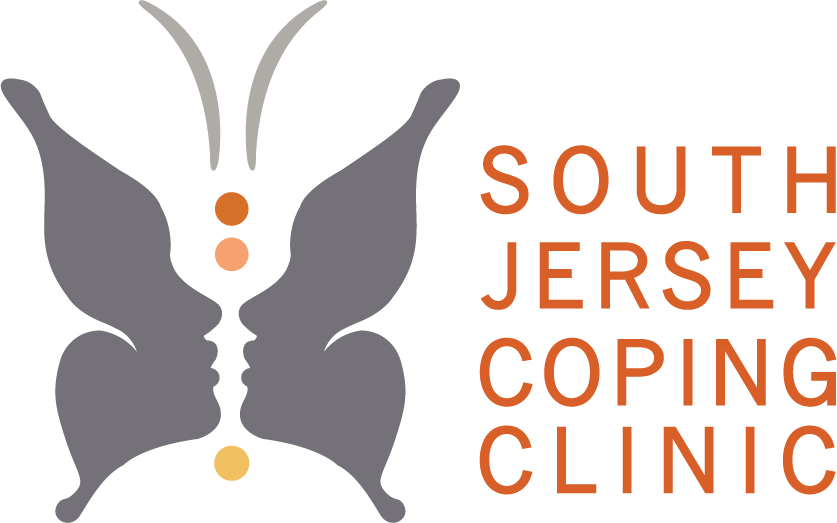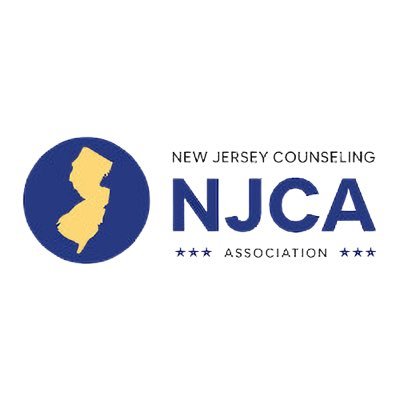How to Improve Communication in Family Therapy
Effective communication is the cornerstone of healthy relationships, especially within the dynamic framework of family units. In the realm of therapy, enhancing communication skills can be pivotal in fostering understanding, resolving conflicts, and strengthening familial bonds. However, the intricate nature of family dynamics often presents challenges in communication that require specialized approaches.In this blog post, we delve into the strategies and techniques aimed at improving communication within the context of family therapy. From active listening to assertive expression, we explore practical methods that therapists and families can employ to facilitate open dialogue and cultivate empathy. By recognizing and addressing communication barriers, families can navigate through conflicts more constructively, leading to deeper connections and sustainable resolutions.Join us as we embark on a journey to unlock the power of effective communication in family therapy, laying the groundwork for harmonious relationships and lasting transformations.
Creating a Safe Space: Establishing Trust through Communication in Family Therapy
In the realm of family therapy, the foundation of trust rests upon the establishment of a safe and nurturing environment. This safe space acts as a sanctuary where individuals can freely express their thoughts, emotions, and vulnerabilities without fear of judgment or reprisal. Central to fostering this environment is effective communication—a conduit through which trust is built, relationships are nurtured, and healing can occur. In this exploration, we delve into the intricacies of creating a safe space in family therapy and the pivotal role communication plays in establishing trust and fostering growth.

Building Rapport and Connection
Rapport-building lays the groundwork for trust in family therapy. Therapists employ various techniques, such as active listening, empathy, and validation, to establish rapport and forge connections with each family member. Through genuine engagement and understanding, therapists cultivate an environment where individuals feel seen, heard, and valued—a crucial step in fostering trust.
Setting Boundaries and Expectations
Clear boundaries and expectations are integral to creating a safe space in family therapy. Therapists communicate guidelines for respectful interaction, confidentiality, and mutual respect, ensuring that all participants feel secure within the therapeutic environment. Establishing boundaries fosters a sense of predictability and stability, enhancing feelings of safety and trust among family members.
Encouraging Open Communication
Open communication is the lifeblood of family therapy. Therapists facilitate open dialogue by creating opportunities for each family member to express themselves freely and without fear of repercussion. By validating individual experiences and perspectives, therapists foster an atmosphere of acceptance and understanding, where all voices are heard and respected.
Embracing Vulnerability and Authenticity
Vulnerability lies at the heart of trust-building in family therapy. Therapists encourage family members to embrace their vulnerabilities and share their authentic selves without reservation. In this space of openness and acceptance, individuals can confront their deepest fears and insecurities, fostering genuine connections and fostering trust.
Addressing Power Imbalances
Power imbalances can undermine feelings of safety and trust within the family dynamic. Therapists work to identify and address these imbalances, ensuring that each family member feels empowered to participate equally in the therapeutic process. By promoting equitable communication and decision-making, therapists mitigate power struggles and cultivate an environment of mutual respect and trust.
The Power of Active Listening in Family Therapy
In the realm of family therapy, active listening emerges as a potent tool for fostering understanding, empathy, and connection. Unlike passive hearing, active listening involves fully engaging with what is being said, both verbally and non-verbally. This skill empowers therapists and family members alike to cultivate deeper relationships, resolve conflicts, and navigate challenges with grace and compassion.
- Deepening Understanding: Active listening goes beyond simply hearing words; it involves tuning into the speaker’s emotions, tone, and body language. By actively engaging with what is being communicated, therapists and family members deepen their understanding of one another’s experiences and perspectives.
- Building Empathy: Through active listening, individuals demonstrate empathy by acknowledging and validating the emotions expressed by their loved ones. This validation fosters a sense of being heard and understood, laying the groundwork for stronger bonds and healthier relationships.
- Fostering Trust: When individuals feel truly listened to, trust naturally follows. Active listening creates a safe space where family members can express themselves authentically without fear of judgment or dismissal. This trust forms the foundation for open communication and collaboration within the therapeutic setting.
- Reducing Conflict: Misunderstandings and conflicts often arise from a lack of effective communication. Active listening helps to clarify misunderstandings, de-escalate tensions, and resolve conflicts constructively. By listening attentively and responding thoughtfully, family members can navigate disagreements with greater ease and understanding.
Breaking Down Barriers: Strategies for Opening Up Communication in Family Therapy
Communication lies at the heart of family therapy, serving as the cornerstone of healing and transformation. However, many families grapple with communication barriers that hinder authentic expression and understanding. In this exploration, we delve into strategies aimed at dismantling these barriers and fostering open, honest communication within the family therapy setting. By embracing these techniques, families can cultivate deeper connections, resolve conflicts, and embark on a journey of collective growth and healing.
Recognizing Communication Barriers
Before addressing communication barriers, it’s crucial to recognize their existence. Common barriers include poor listening skills, lack of assertiveness, defensiveness, and unspoken emotions. By acknowledging these barriers, families can begin to unravel the tangled threads of miscommunication and pave the way for meaningful dialogue.
Active Listening and Reflective Responding
Active listening is a foundational skill in family therapy, allowing individuals to fully engage with and understand one another. Therapists encourage family members to listen attentively, paraphrase what they’ve heard, and reflect back the speaker’s emotions. Through active listening and reflective responding, families deepen their empathy and foster mutual understanding.
Encouraging Emotional Expression
Emotions often serve as the undercurrents of communication, shaping our thoughts, behaviors, and interactions. In family therapy, therapists create a safe space for emotional expression, encouraging family members to articulate their feelings openly and honestly. By validating and normalizing emotions, therapists help break down barriers to communication and foster authentic connection.
Promoting Assertiveness and Boundaries
Assertiveness is essential for healthy communication, allowing individuals to express their needs, desires, and boundaries effectively. Therapists guide family members in cultivating assertiveness skills, encouraging them to communicate clearly, respectfully, and assertively. By setting and respecting boundaries, families create a framework for open, honest communication and mutual respect.
Exploring Nonverbal Communication
Nonverbal cues often convey as much—if not more—information than words alone. Therapists help families explore nonverbal communication cues, such as body language, facial expressions, and tone of voice, to deepen their understanding of one another. By honing their awareness of nonverbal cues, families enhance their ability to communicate effectively and empathically.
Conclusion
Effective communication is the foundation of successful family therapy. By understanding the importance of active listening, empathy, and conflict resolution, family members can improve their communication skills and strengthen their relationships. At South Jersey Coping Clinic, LLC, our experienced therapists are dedicated to helping families develop healthy communication habits that promote understanding, trust, and unity.
If you’re struggling to communicate effectively with your loved ones, we’re here to help. Contact us at (267) 225-1972 or visit our office located at 751 Route 73 N Suite 11 in Marlton, NJ. Our team of professionals is committed to providing you with personalized guidance and support to improve your family’s communication and overall well-being.






